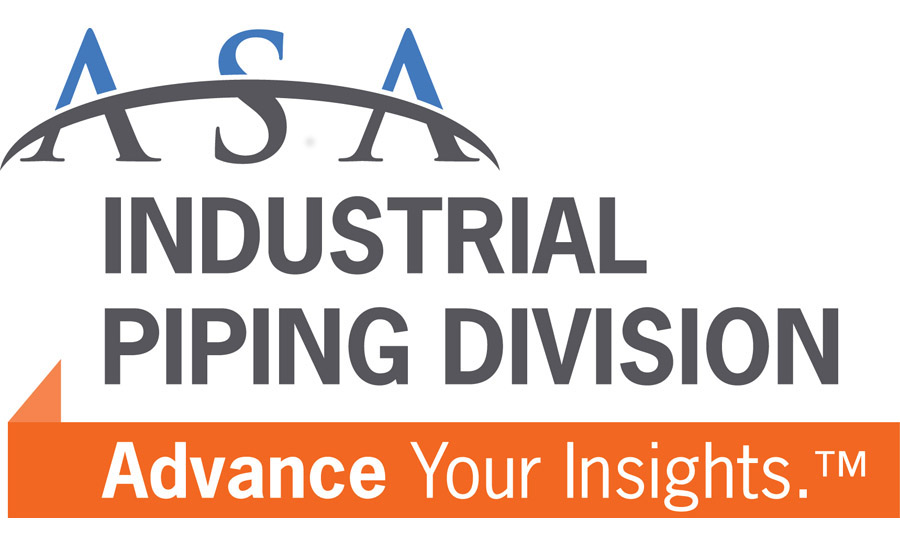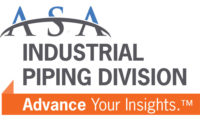Copper tube & fittings report: March 2017

World supplies of copper continue to be uncertain in the short term. Strikes hamper Chile’s Escondida mine and Peru’s Cerro Verde, and Indonesia’s Grasberg mine suffers from Indonesian government export restrictions. Consequently, both Freeport and Asarco are ramping up production at their Arizona mine operations, but the process can take at least 90 days. In spite of these factors, copper increases have been slow and sporadic, thus far. Since economic indicators remain strong and depending on demand from China, it’s reasonable that we can expect continued increases moving into construction season.
The global refined copper market recorded a 90,000-ton deficit in the first 11 months of 2016, according to the International Copper Study Group (ICSG). World apparent refined consumption rose by 2.0 percent through last November driven by a 3.5 percent increase in Chinese apparent demand, thanks in large measure to a government stimulus program.
Copper mine output will grow but more slowly, according to ICSG. The group forecasts an annual rate of increase of 2.5 percent to 2020 compared with 4.0 percent growth over the last five years. “Continued delays in project development are shifting new capacity forward, owing mainly to the length of project permitting, opposition from local communities and budget/finance constraints,” said ICSG.
A controversy is brewing about impurities in brass scrap. On February 21st, the Copper Development Association held a summit where stakeholders gathered to discuss the recycling of lead-free brass products. The U.S. Environmental Protection Agency (EPA) requires the maximum lead content for the wetted surfaces of plumbing products used in potable water to be 0.25 percent. Prior to the January, 2014, amendment, the maximum lead content was 8.0 percent. To comply with the amendment, manufacturers replaced the lead in the material with other elements, such as bismuth, silicon, tellurium, etc. Due to the many types of lead-free alloy products in the market, it is becoming a challenge to identify what types of lead-free alloy products are being recycled. If this issue is not addressed, it may make processing materials difficult and eventually create materials containing larger amounts of impurities. Some potential solutions were discussed, although no concrete recommendations came from the CDA summit. CDA will continue to look at the benefits and barriers of potential solutions discussed at the summit to determine the next steps.
Looking for a reprint of this article?
From high-res PDFs to custom plaques, order your copy today!




